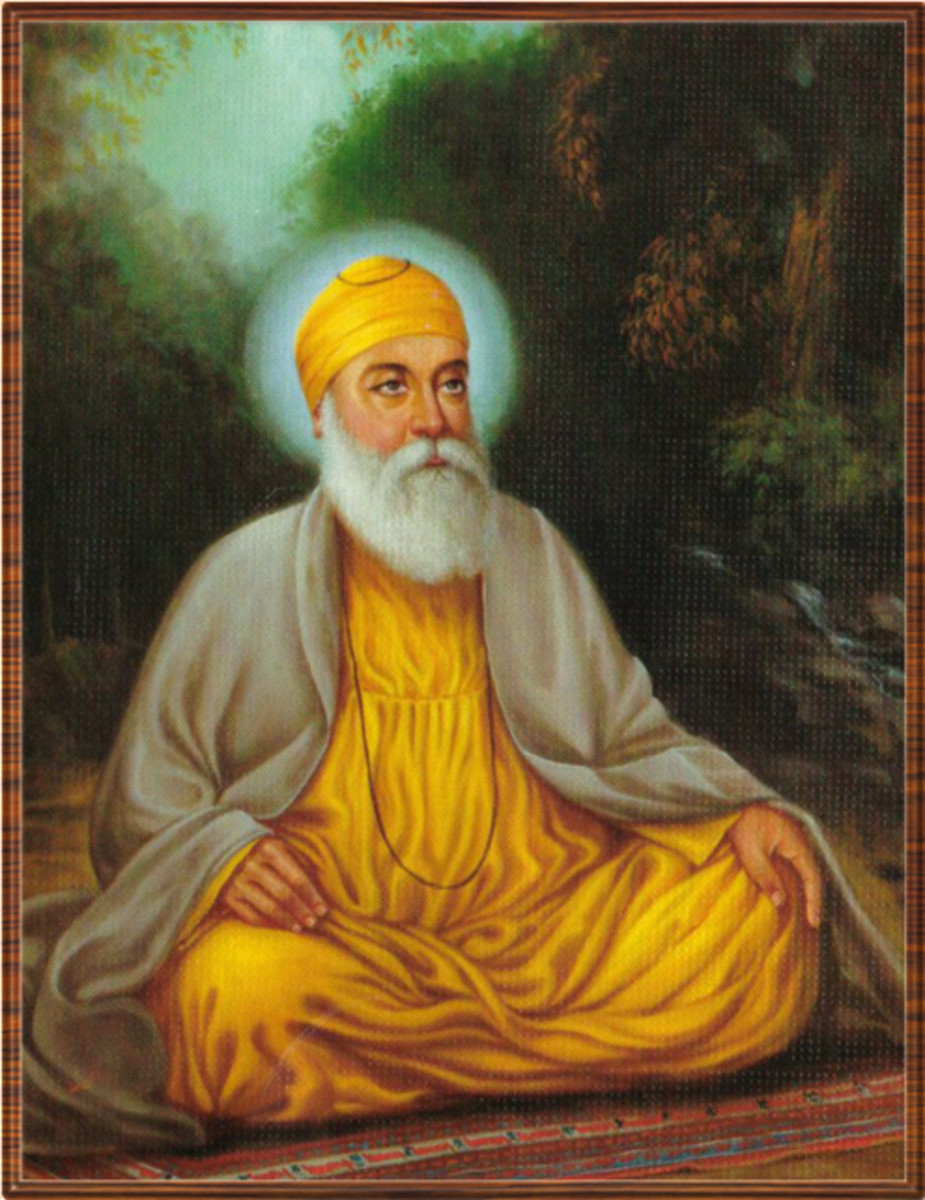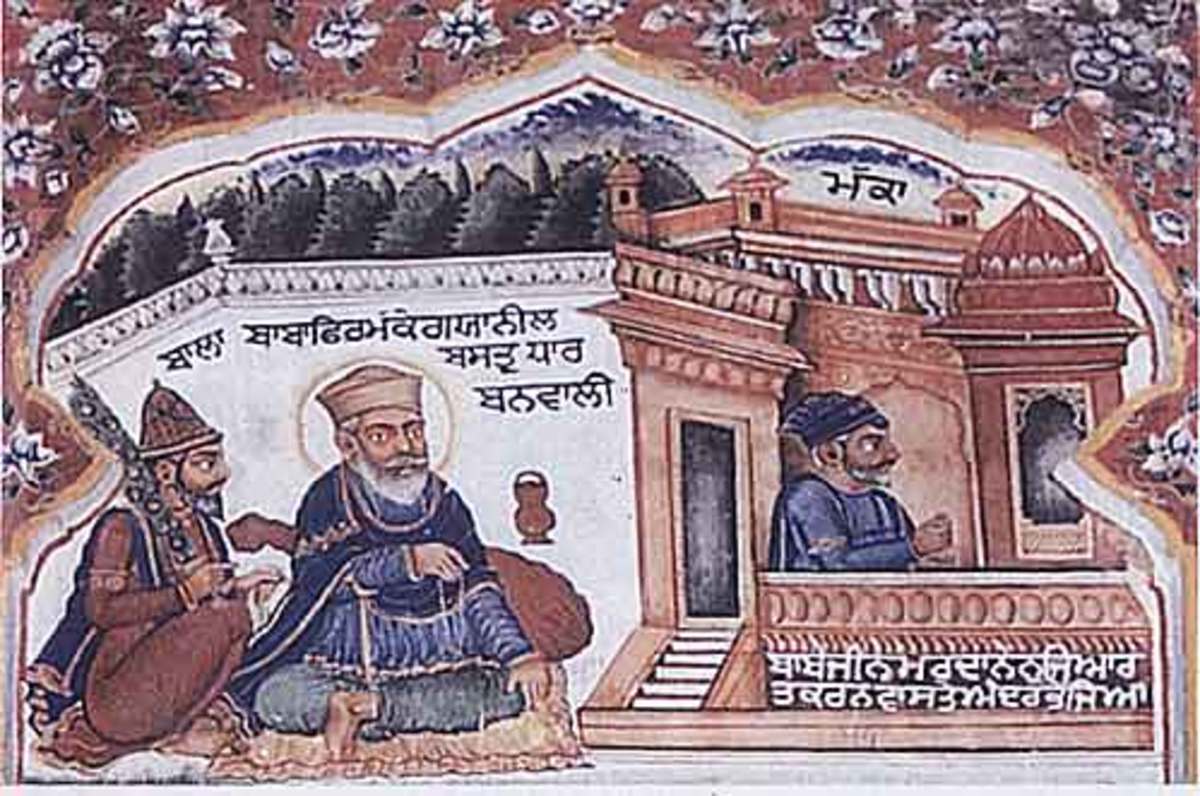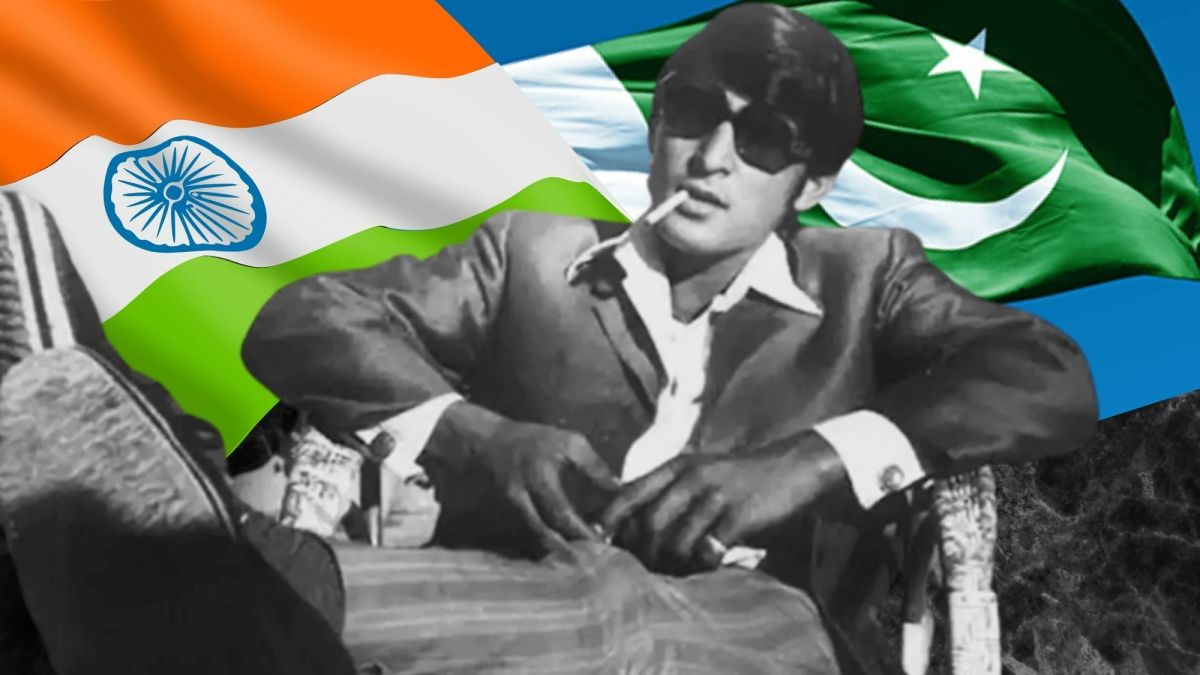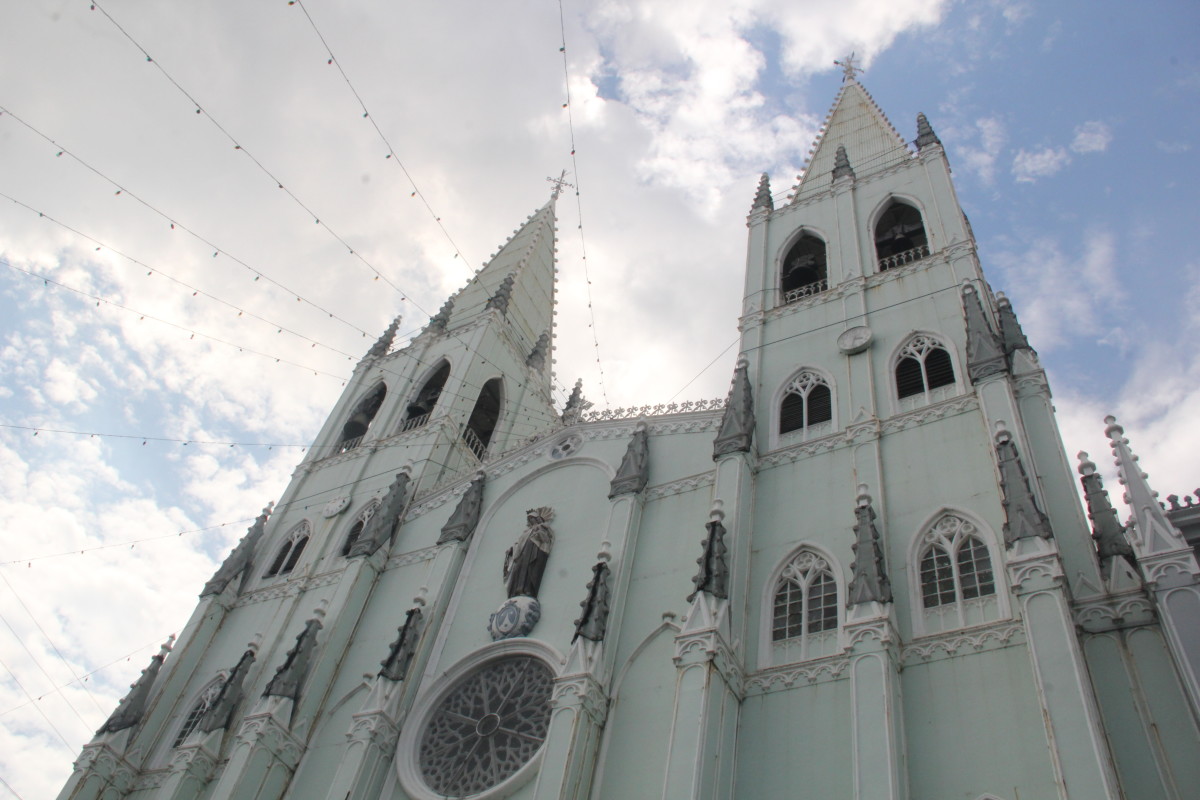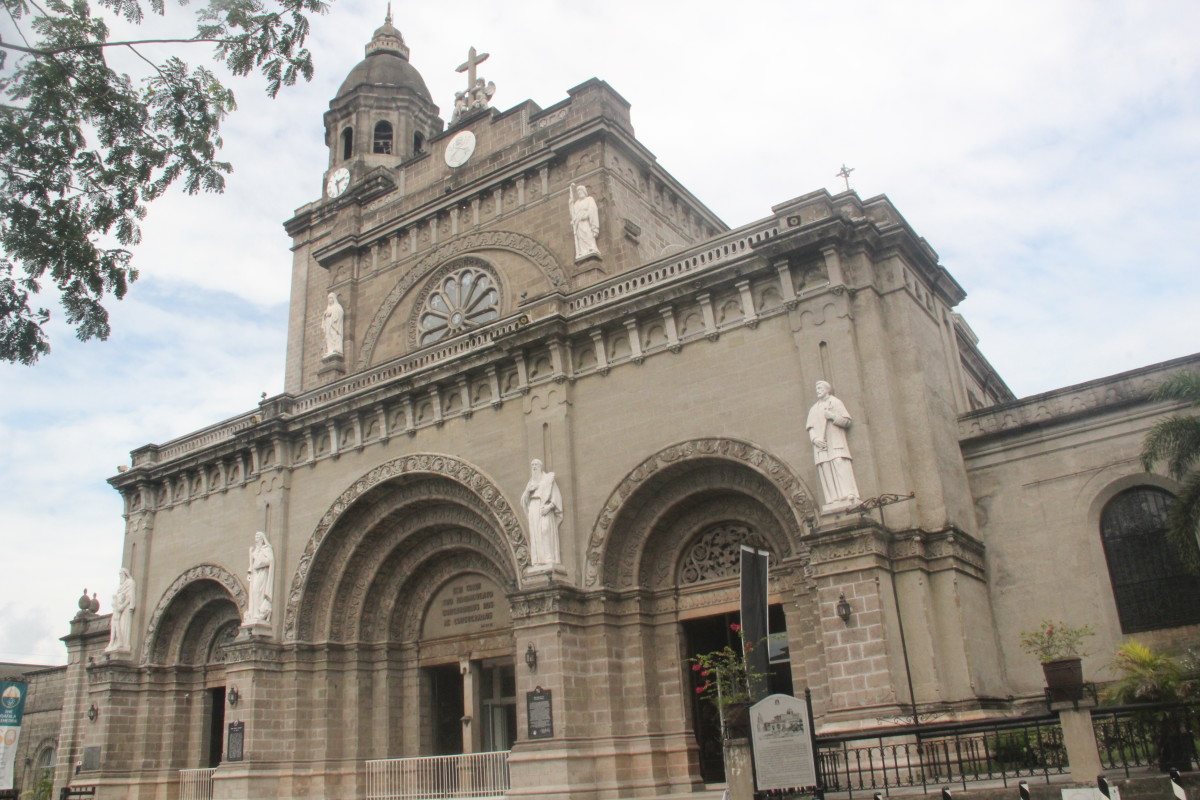Gurdwara Darbar Sahib Kartarpur
Gurdwara Darbar Sahib Kartarpur rests as a religiously significant place for all the Sikhs around the world. However, it is situated in the Pakistani territory where Sikhs are enjoying their social status as a minority. Since August 2018, Kartarpur Corridor emerges as a prolific topic for discussion among Sikhs and Muslims across the entire globe. During his visit to the current Pakistani prime minister Imran Khan's oath-taking ceremony, Indian Punjab minister Navjot Singh Sidhu promised to his Sikh nation back there in India to get an easy access to Gurdwara Darbar Sahib Kartarpur. Eventually, Imran Khan announced a free visa access for all the Sikh pilgrims to Gurdwara Darbar Sahib Kartarpur as a peace-gesture. Here are presented a few facts about Gurdwara Darbar Sahib Kartarpur that you may not be aware of:

The Biggest Gurdwara in the World
Among hundreds of Gurdwaras in India, Pakistan, Canada, and many other Sikh majority countries, Gurdwara Darbar Sahib Kartarpur is enjoying its special status of being the biggest of all. Earlier it was built on an area of just 4 acres, however, the current Pakistani government has extended it to a magnificently vast area of 42 acres. It encompasses the shrine, a wide courtyard, a library, a dormitory, a Smart Lake and a Guru Khanda. So, this gurdwara holds the record of being the biggest of all the gurdwaras around the world.
Final Destination of Guru Nanak Dev:
Guru Nanak Dev had traveled in four major dimensions throughout the course of his life. His fourth and the last journey overlapped Mecca (to perform Hajj), Baghdad, Panja Sahib Hassan Abdal, Chowa Sahib and finally Kartarpur. Here he spent the last eighteen years of his life. Gurdwara Darbar Sahib Kartarpur is the final resting place or Samadhi of Guru Nanak, situated in Narowal, Pakistani Punjab. Guru Nanak died on September 22, 1539. While performing his final ritual like burial, his funeral appeared as a disputed one among Muslims and Hindus of the subcontinent. The basic rationale behind the conflict was that he had been regarded as a holy person (a saint or a Sadhu) equally among Muslims and Hindus. So, both Hindus and Muslims want to perform funeral rites according to their own traditions. But to the amazement to Nanak's followers, he miraculously disappeared to lessen the growing tensions among Muslims and Hindus. What the followers witnessed were the only flowers scattered over there.

Place of Guru's Divine Practices
During his stay on this holy land, Guru Nanak Dev devised three practical rules for his followers of all ages and regions. These rules reflect the exalted wisdom of Guru Nanak in an explicit way. The principles are as follows:
a) Kirt Karo:
The rule states that never sit idle. Don't just be a secluded saint. Be practical and do hard work to earn your living.
b) Naam Japo:
This wise saying of Guru simply refers to perform Dhikr of the Creator and utter His praise and admire Him whether in leisure or business. Pray and seek Divine's blessings.
c) Vand Chakho:
This slogan suggests to help the poor and helpless. Distribute from what you earn among those who are needy and deserving.
Nanak's Place of Livelihood
Guru Nanak didn't just simply declare his rules obligatory for his followers, rather he himself practiced these principles throughout the course of his life. Living the principle of 'Kirt Karo', he cultivated and tilled the land of Kartarpur by his own hands for eighteen years. A twenty feet deep well is also reported to be built and constructed by Guru Nanak Dev in his times. This well is supposed to have been used for irrigation purposes. Now, the Sikh community from all around the world has requested the Pakistani government to preserve the Kartarpur town as an ecological village or a cultural heritage of Guru Nanak and Sikhism.
The Biggest Dormitory of Sikhism
Inspired by the life and principle rules of Guru Nanak, the Pakistani government had set its budget for building a dormitory in the gurdwara too. Now, this dormitory can capacitate two thousand diners at a time. So, treading on the magical principle of 'Vand Chakho', this dormitory appears to be the biggest dormitory of the Sikh religion. Besides, it also advocates the message of feeding hungry people and helping the poor and those who are in dire need.

Attacked by the Indian Army in 1971 Indo-Pak War
Gurdwara Darbar Sahib Kartarpur witnessed a deed of brutality in the 1971 Indo-Pak war when the Indian Air Force bombed the holy land. Fortunately, the shrine remained unhurt as the bomb hit the sacred well. On November 9, 2019, at the occasion of the 550th birth anniversary of Guru Nanak Dev, this bomb was displayed in a glass case near Guru Khanda (a sacred symbol for Sikhs) with a tag of Miracle.

Much Awaited Corridor Opening
Since partition and great migration of 1947, Indian Sikhs had no easy and free access to Gurdwara Darbar Sahib Kartarpur. The most interesting of all is that it is located just four kilometers away from the Sikh majority Indian Punjab. Though being in sight, yet it was out of the reach of the Indian Sikhs. On the Indian side, there has been a place to perform Darshan or sacred viewing of the gurdwara. Indian Sikhs had to use binoculars to cast a glance on the holy shrine. Nonetheless, a progressive advancement has to be seen in this regard from the Pakistani side to open a peace-gateway and make the Indian Sikhs quench their thirst.
The Only Visa-Free Place for Indian Sikhs in Pakistan
Gurdwara Darbar Sahib Kartarpur appears as an only visa-free place for the Indian Sikhs in Pakistan. Indian Sikhs have to pay only twenty dollars to visit the holy site. However, they are not allowed to stay for a night here without any visa. Therefore, they have to head back towards their homeland after performing their holy rites and rituals in the Gurdwara.
Constructed by FWO in Record Time
FWO stands for Frontier Works Organization; a sub-branch of Pakistan Army that works for the improvement of infrastructure of the country through construction and building of roads, highways, bridges, tunnels, dams and other buildings of national or international significance. The groundbreaking ceremony of Gurdwara Darbar Sahib Kartarpur was held in November 2018 and it has been completed on November 9, 2019, in the record shortest time of less than a year. In fact, the first three months were spent in its planning and designing the blueprints. However, the rest of the months were consumed in the execution of the plan to build it artistically.

The Largest Khanda and Smart Lake
Khanda is a defining symbol of Sikhism, indeed. It is designed of a double-edged sword surrounded by a Kara; a circle of two swords. These two refer to believe in one God and that God has neither any beginning nor any end, respectively. So, Gurdwara Darbar Sahib Kartarpur has earned its fame also because of having the largest Guru Khanda within its domains. It is built some 100 feet high from the ground. Besides, a Smart Lake is also built with three loft systems of water filtration. This Smart Lake is partitioned for male and female pilgrims to avoid any misadventure. The lake undoubtedly offers a refined outlook and magical sight to the onlookers.

© 2019 Khurram Shehzad

